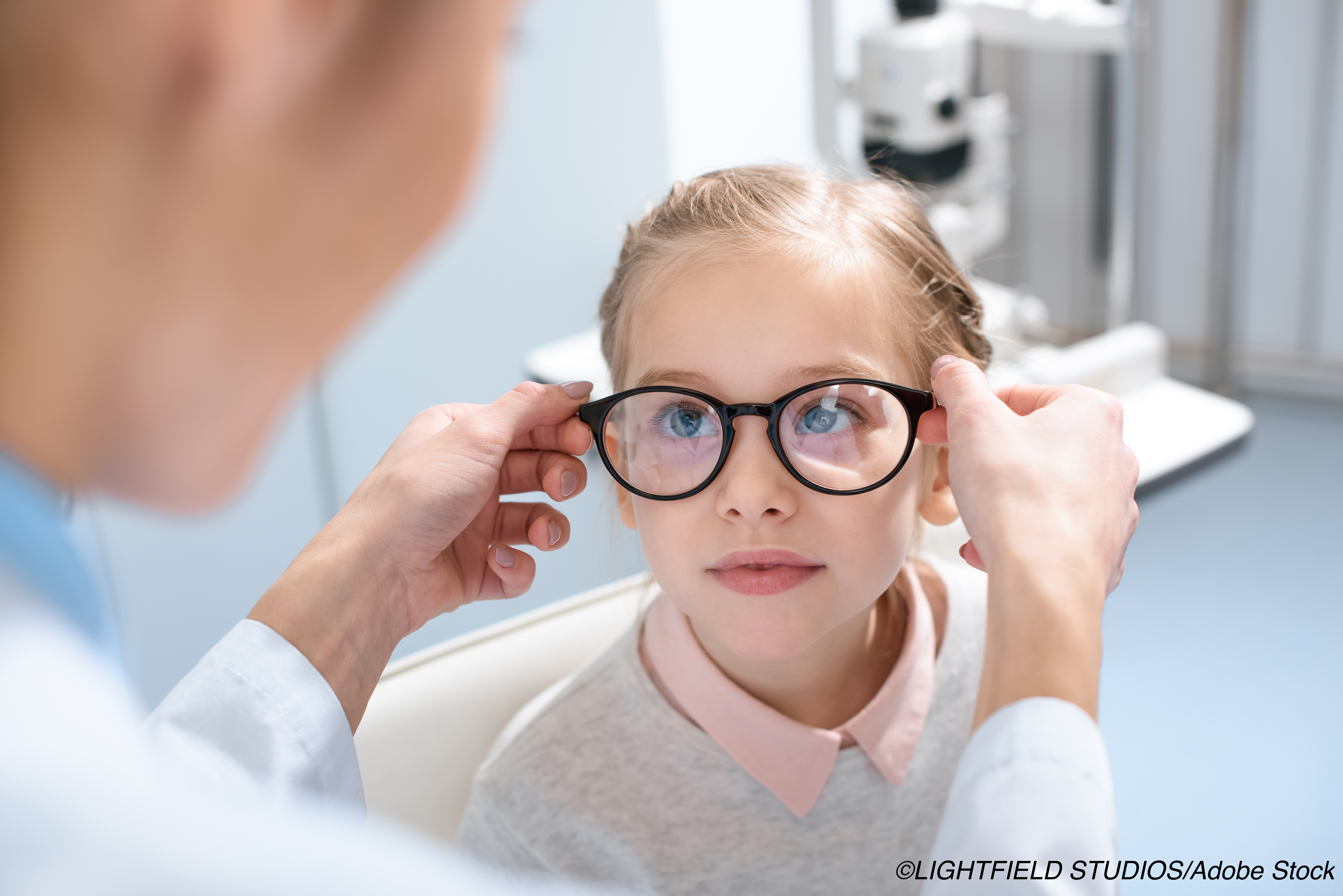 Young school-age children who have been confined to their homes because of the Covid-19 pandemic are at an increased risk of developing myopia, according to a Chinese study.
Young school-age children who have been confined to their homes because of the Covid-19 pandemic are at an increased risk of developing myopia, according to a Chinese study.
Researchers found that, in the year 2020, there was a substantial increase in the prevalence of myopia among young children compared to the prevalence found in the years 2015-2019.
The study from Jiaxing Wang, MD, PhD, Department of Ophthalmology, Emory University, Atlanta, and colleagues was published in JAMA Ophthalmology.
As in many countries, in response to Covid-19, the Chinese government closed schools as an emergency measure. More than 200 million school-aged children were confined to their homes and were schooled online.
“Although these efforts have been shown to control the pandemic in China, concerns have been raised about whether the period of lockdown may have worsened the burden of myopia due to significantly decreased time spent outdoors and increased screen time at home,” observed Wang and colleagues. Therefore, in this study, they set out to evaluate the association of home confinement due to the pandemic with the development of myopia in school-aged children.
The authors conducted a prospective cross-sectional study of 123,535 children (grades 1-6, ages 6-13) from 10 elementary schools who underwent annual photoscreening at the beginning of each school year from 2015-2019, before schools were closed in January 2020. Schools were reopened in June 2020 at which time students were also photoscreened.
A total of 194,904 test results were included in the analysis. The mean spherical equivalent refraction (SER) for each of the age groups was stable between 2015 and 2019, but substantially decreased in 2020 compared to previous years.
“The myopic shift of SER appeared to be associated with an increase in the prevalence of myopia in children aged 6 to 8 years in 2020 compared with previous years,” Wang and colleagues noted. Specifically, the prevalence of myopia in this age group was 21.5% at 6 years of age, 26.2% at 7 years, and 37.25% at 8 years — levels that were significantly higher than highest rates in the years between 2015 and 2019 (5.7% at 6 years in 2019, 16.2% at 7 years in 2018, and 27.7% at 8 years in 2018).
In 2020 the highest prevalence of myopia was in 9-year-old children (45.3%). However, that was not significantly higher than the rate for that age group in 2018 (43.5%). The differences in the prevalence of myopia were minimal between 2020 and previous years among children age 10-13 years.
Wang and colleagues pointed out that the prevalence of myopia was approximately 3 times higher in 2020 than in other years for children age 6 years, 2 times higher for children aged 7 years, and 1.4 times higher for those aged 8 years, despite the fact that older children in grades 3-6 had more computer screen exposure (2.5 hours of online course work per day) than children in grades 1 and 2 (1 hour of online course work per day).
Thus, “younger children’s refractive status may be more sensitive to environmental changes than older children, given the younger individuals are in an important period for the development of myopia,” they concluded. “Further studies are needed to assess the generalizability of these findings and the long-term follow-up of these children.”
In a commentary accompanying the study, Caroline C. W. Klaver, MD, PhD, Erasmus University Medical Centre, Rotterdam, The Netherlands, and colleagues pointed out that this onset of myopia “is highly clinically relevant” since the age at onset corresponds to the final refractive error in adults.
“Likewise, the higher the refractive error, the more likely the occurrence of sight-threatening complications, such as myopic retinal degeneration, glaucoma, and retinal detachment,” they wrote. “Given that 1 in 3 people with high myopia becomes severely visually impaired, mostly at working age, it is clear that China is facing a serious public health problem. Much of the rest of the world may be likely to follow.”
Intelligent quarantine measures should include the careful planning of indoor activities and the encouragement of outdoor play for young children, Klaver and her colleagues suggested. “That may help control a wave of quarantine myopia.”
-
The prevalence of myopia among young school-age children is increasing as a result of quarantining due to Covid-19.
-
Younger children’s refractive status may be more sensitive to environmental changes than older children.
Michael Bassett, Contributing Writer, BreakingMED™
None of the study authors or editorialists disclosed any relevant relationships.
Cat ID: 138
Topic ID: 85,138,730,138,192,925,240


